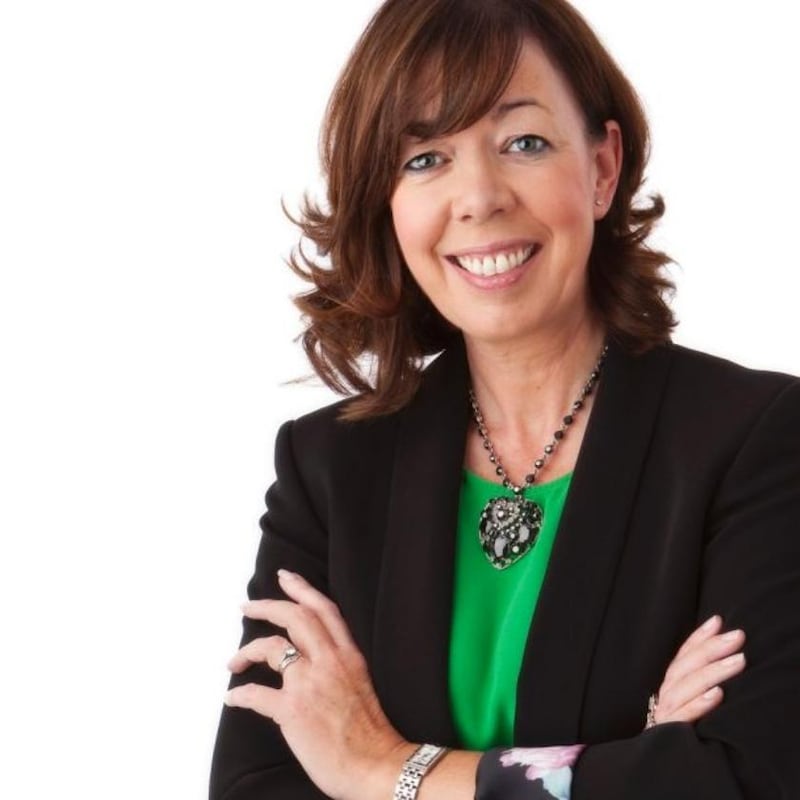Diversity and inclusion are particularly hot topics right now. It’s “very current. We’re in a global environment, a global workforce which is much more connected, and there’s a shortage of talent, so organisations and companies are asking how do I attract the talent I want and how do I engage and retain the talent I have,” says Siobhán McAleer, programme director of the Irish Management Institute.
Getting to grips with diversity isn’t hard, but it does require action. Having people with a diverse set of backgrounds, cultures, life experiences, skills and talents improves the quality of business decisions and helps protect organisations from group-think.Having a diverse workforce also reflects the diversity of the marketplace, making it easier to engage better and more effectively with a wider customer base.
But diversity is only the start. To really benefit, you have to be inclusive too. This goes beyond observing the legal protections in relation to gender, age, disability and sexual orientation. In the best workplaces, it is also about being fully inclusive of people’s hobbies, interests, experiences and personality types, ensuring, for example, that both the introverts and the extroverts get heard.
It’s not a box-ticking exercise. It’s about making sure everyone feels valued for who they are and happy that their voice is being heard. To do so, have a clear diversity strategy in place and communicate it to staff, both your goals and your pathway to them.
Doing this means having good communication channels; from regular townhalls to informal chats to internal mechanisms such as staff surveys. Establishing internal support systems such as coaching and buddy systems also helps foster inclusion.
A fully inclusive organisation recognises we don't leave our lives at the door when we come into work
“Diversity and inclusion is around a workplace environment that supports us in every aspect of our lives, including the speed bumps,” says Sandra Healy director of the centre for excellence in diversity and inclusion at DCU – the only centre of its kind to sit within a university anywhere in the world.
“It’s about being able to go in to your employer and declare what’s going on for you outside of work, be that a sick child or a elderly parent with a terminal diagnosis and the good stuff too, such as a need for support to prepare for promotion.”
A fully inclusive organisation recognises we don’t leave our lives at the door when we come into work. “Our lives are made up of eight hours sleeping, eight working and eight hours living. If one part of this is not going well for you it will impact the other parts,” she says. Achieving balance in each is good for all three.
Supporting this balance is becoming increasingly important, particularly as employers that don’t have a strong diversity and inclusion policy will struggle with recruitment and retention.
“Millennials will actively research the companies diversity and inclusion policy before they go in and if the culture internally doesn’t match up to what is said externally, they will leave. That’s new,” says Healy. “The previous generation also did the research but once they were in they were reluctant to move. That has changed.”
What can you do to make your organisation more inclusive? Don’t underestimate the power of mentoring as a means to support inclusivity too, and have someone at the top responsible for diversity and inclusion - culture starts at the top.

Comprehensive “360 degree” reviews help remove the adversarial or judgemental element from appraisals, enabling a more fruitful dialogue that flows in both directions.
Fun, social and team bonding events are a great way of breaking down organisational silos and can encourage interactions that can help spark innovation and fresh thinking.
Be aware of biases, including confirmation bias or unconscious tendencies. We all have a tendency to surround ourselves with people in our own likeness. Provide unconscious bias and decision making training for staff.
There are more people with disabilities at both graduate and post graduate level than ever before, so being obviously attractive to people with a disability will open up a valuable talent pool.
Improve gender balance by ensuring more women are appointed to senior decision making roles. Have a policy of actively pulling women up through the organisation.
Don’t equate a need for family friendly flexibility with a lack of ambition. Promoting flexibility doesn’t just help working parents, it shows those considering parenthood in the future that yours is a business where it’s possible to succeed while also accommodating family commitments.
Show don’t tell. Senior leaders should leave on time, take their holidays, and book time off for family reasons.
Start at the top. Is your board diverse? If not, why not?
Identify the gaps in your leaky pipelines. For example, are women entering at the same rate as men but becoming rarer the higher up you go? If so, simply hiring more women at entry level isn’t enough.
Don’t tag special arrangements as being for certain category of workers – such as working parents – but instead offer the same flexibility to all. No one wants to be seen to be treated differently, it’s the opposite of inclusive.
Start at the top. Is your board diverse? If not, why not? It may be that board members are replaced informally, from within the networks of existing board members. If so, using an independent selection process can help.
Require the executive search firm to include more diverse candidates on their long lists. Extend the search for new directors beyond the traditional sources.
Address biases in the balance of men and women in roles which are more likely to lead to boardroom positions. Very often the skills most valued are finance and legal, which are male dominated, while female dominated ones, such as marketing, communications and HR, are not. This is wrong.
Finally, because what gets measured gets done, make a serious commitment to diversity and set internal measurable targets. Then report your progress regularly.












